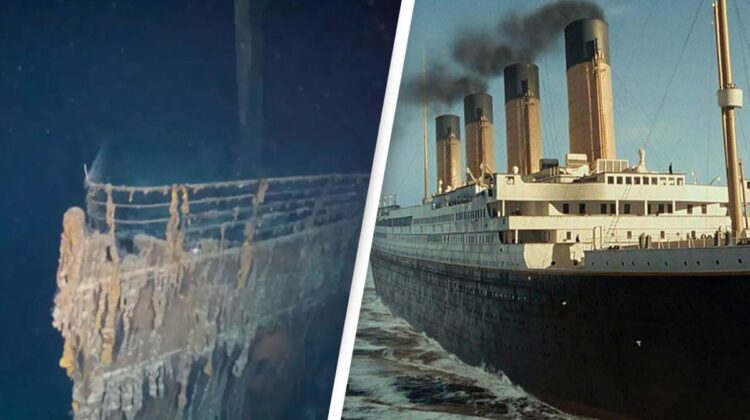
The tragic sinking of the RMS Titanic on April 15, 1912, remains one of the most infamous maritime disasters in history. More than 1,500 passengers and crew lost their lives after the supposedly unsinkable ship struck an iceberg during its maiden voyage from Southampton to New York.
Yet, a chilling mystery endures—why were so few human remains found at the wreck site? Despite the vast loss of life, explorers and researchers have found no preserved bodies in the Titanic’s wreckage, leaving many questioning what really happened to the victims.
The Discovery of Titanic’s Wreckage
After decades of speculation, the Titanic wreck was finally discovered on September 1, 1985, by deep-sea explorer Robert Ballard and his team. Located 12,500 feet (3,800 meters) below the ocean surface, the shipwreck was found resting at the bottom of the North Atlantic, approximately 400 miles off the coast of Newfoundland, Canada.
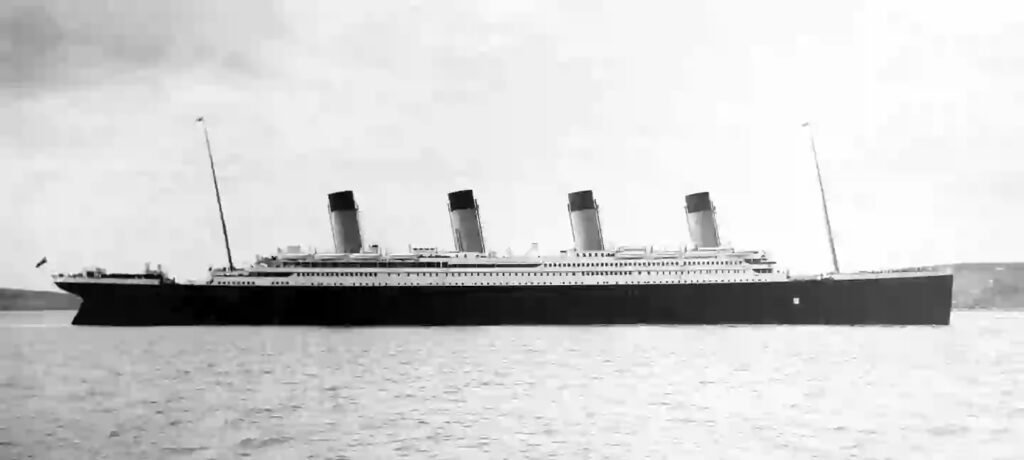
Ballard’s discovery stunned the world. The bow of the Titanic was eerily intact, while the stern was completely destroyed, torn apart by the immense pressures of the deep sea. Surrounding the wreck, a vast debris field stretched across 15 square miles, littered with personal belongings, furniture, and ship fragments.
Despite uncovering thousands of artifacts, one disturbing absence became clear—where were the bodies?
What Happened to the Titanic’s Victims?
The Titanic carried over 2,200 passengers and crew, but only 337 bodies were officially recovered in the weeks following the disaster. Of those, 119 were buried at sea, while 209 were returned to Halifax, Nova Scotia. However, no human remains were discovered when the wreck itself was finally located in 1985.
According to filmmaker James Cameron, who has explored the Titanic wreck 33 times, no skeletal remains have been found, even though shoes and clothing remain in place where bodies once rested.
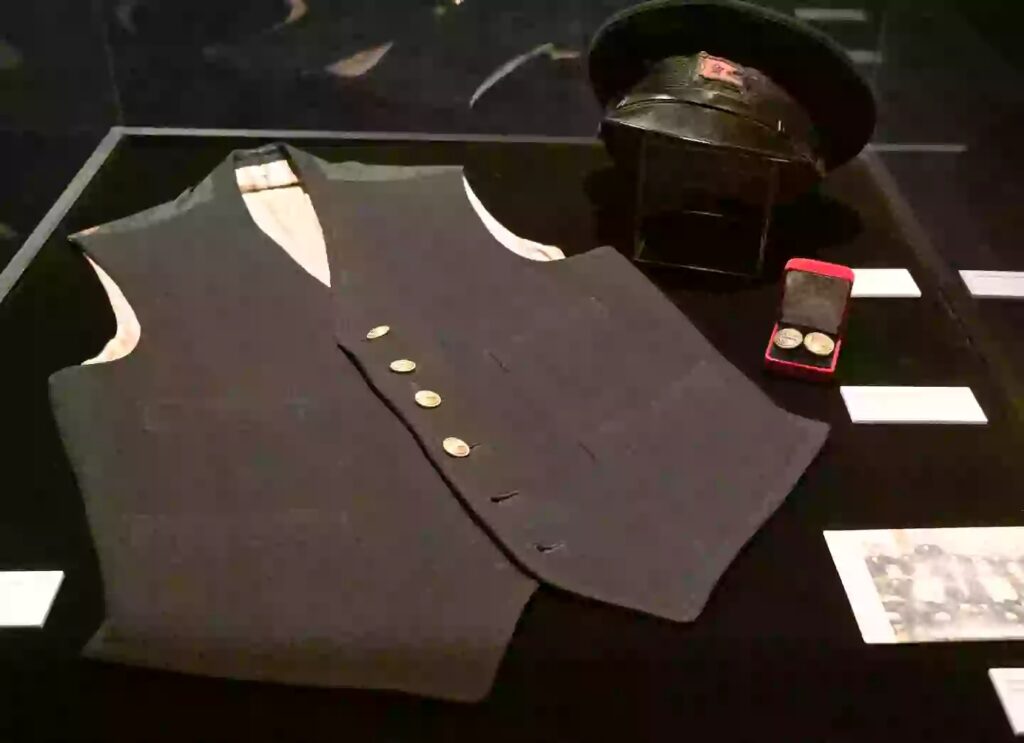
“I’ve seen clothing. I’ve seen pairs of shoes, which strongly suggest there was a body there at one point. But we’ve never seen any human remains,” Cameron stated in an interview with The New York Times.
So, what really happened to the victims of the Titanic?
1. Deep-Sea Conditions Erased the Evidence
The Titanic rests far deeper than most shipwrecks—at 12,500 feet below sea level, where the water pressure is nearly 6,000 pounds per square inch and temperatures remain just above freezing.
At this extreme depth:
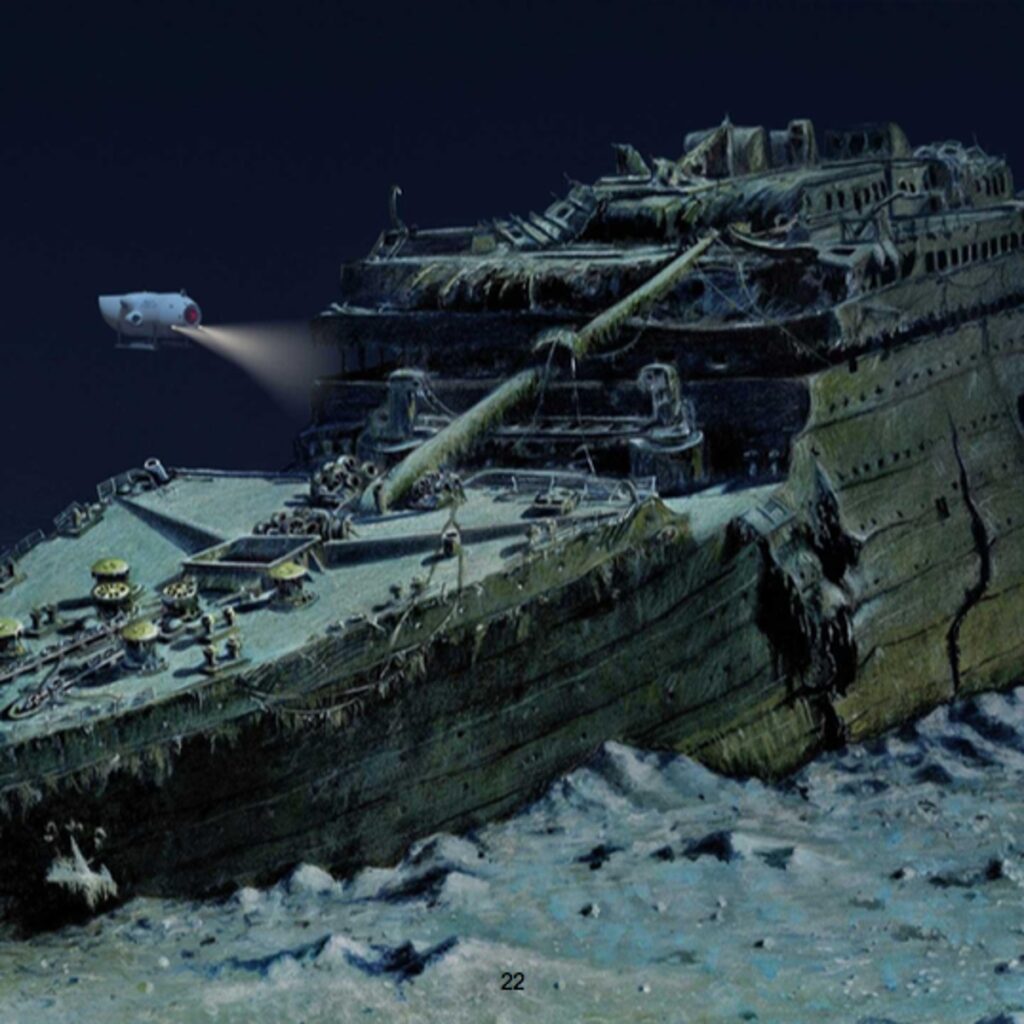
- Bacteria and deep-sea scavengers likely consumed the soft tissues of the victims within weeks or months.
- Clothing and shoes, made from materials resistant to bacterial breakdown, are the only things left behind.
2. Bones Dissolved in the Ocean
A key reason for the disappearance of bodies lies in the chemical composition of deep-sea water. According to Robert Ballard, the Titanic rests below the calcium carbonate compensation depth (CCD)—a level where seawater is under-saturated in calcium carbonate.
Since bones are primarily made of calcium phosphate, they dissolve over time in this environment. Unlike shipwrecks in shallower waters where bones can remain intact for centuries, the deep-sea conditions at the Titanic site make it nearly impossible for human remains to be preserved.
Ballard compared this to shipwrecks in the Black Sea, where oxygen-poor waters have preserved bones for thousands of years due to the lack of marine life to break them down.
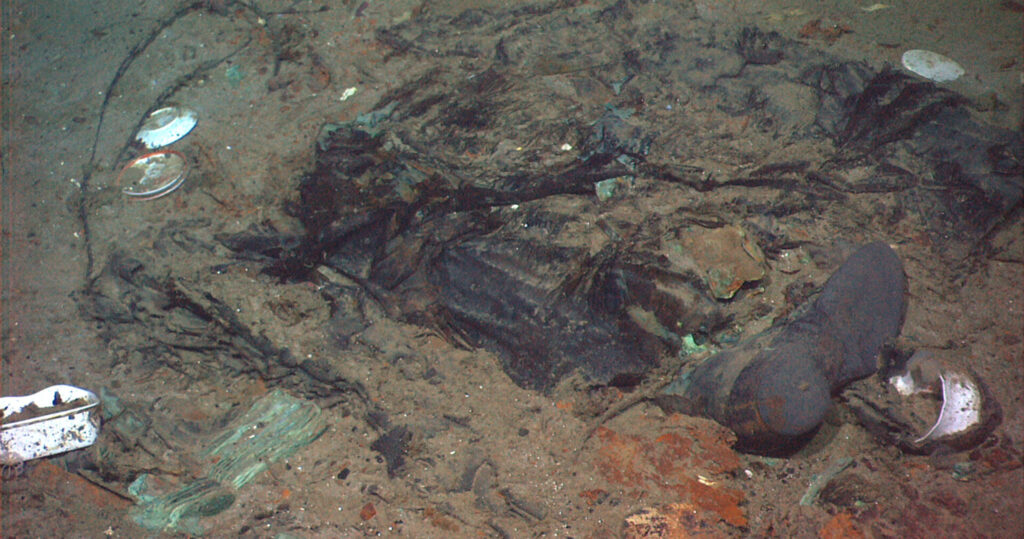
“Below 3,000 feet, you pass below the calcium carbonate compensation depth,” Ballard explained. “Once the critters eat the flesh and expose the bones, the bones dissolve.”
The Titanic’s Slow Decay and Future Disappearance
Since its discovery, the Titanic has been visited numerous times by scientific expeditions and submersibles. Many artifacts—fine china, jewelry, ship fixtures, and clothing—have been recovered and preserved in museums.
However, the ship itself is rapidly deteriorating.
- Bacteria that consume iron, known as Halomonas titanicae, have been eating away at the ship’s structure.
- Scientists predict that within 50 years, the Titanic could completely collapse, leaving only a rust stain on the ocean floor.
A Modern Tragedy at the Titanic Wreck
In 2023, the Titanic’s wreckage became the site of another disaster. The Titan submersible, operated by OceanGate Expeditions, imploded while attempting to take tourists to view the Titanic wreck.
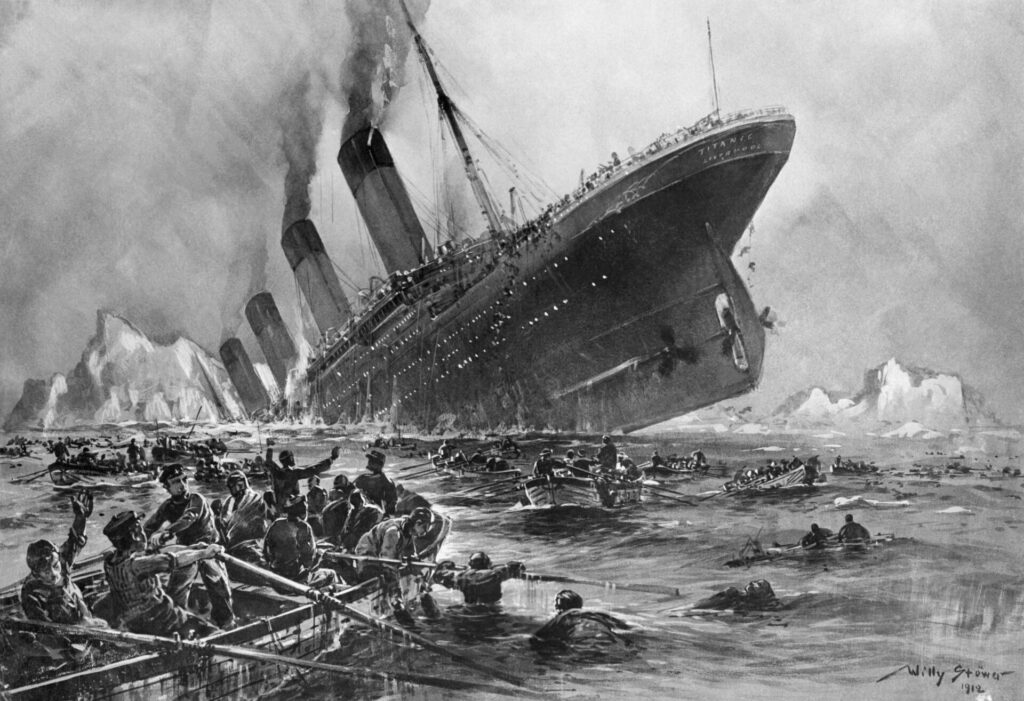
Among the five victims were:
- Stockton Rush, CEO of OceanGate
- Paul-Henri Nargeolet, Titanic expert
- Hamish Harding, British billionaire
- Shahzada Dawood and his 19-year-old son Suleman, members of a wealthy Pakistani business family
This modern tragedy reinforced the unforgiving nature of the depths where the Titanic rests.
Final Thoughts: A Haunting Legacy
The absence of bodies in the Titanic’s wreckage is a reminder of the sheer power of nature and time. The ship itself remains a ghostly monument to those who perished that night, their remains lost to the depths but never forgotten.
As the Titanic slowly fades into the abyss, its tragic story continues to captivate the world—a chilling testament to the forces of the ocean and the enduring impact of one of history’s deadliest disasters.

Leave a Reply